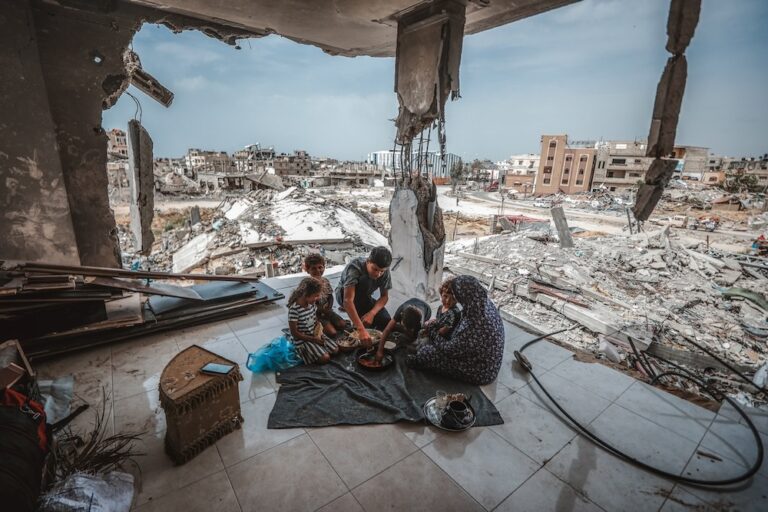Cases in the Phillipines, Mexico, Somalia, Pakistan and Russia account for seventy percent of journalists killed in 2009.
(CJFE/IFEX) – Toronto, December 30, 2009 – The first thing you notice when reading the grim list of journalists killed around the world in 2009 is the sheer length of it. So far this year, Canadian Journalists for Free Expression (CJFE) has recorded the killings of 100 journalists and media workers, a significant increase from the 87 journalists killed in 2008.
Each year, CJFE records the number of journalists and media workers who are killed or targeted in the line of duty because of their reporting or affiliation with a news organization. CJFE compiles its statistics from the reports of the 88 member groups that make up the International Freedom of Expression eXchange (IFEX).
“This year’s report is a difficult one to read,” says CJFE President Arnold Amber. “We hoped that the marked decrease in killings in 2008 might be the start of a trend of greater safety for journalists. Instead things just got worse.”
Journalists in five countries bear the brunt of these murders. 70% of journalists on this list were killed in the Philippines (37), Mexico (10), Somalia (9), Pakistan (8) and Russia (6).
These five countries also share the problem of impunity. “The reality is that when a journalist is killed in Mexico, the Philippines or Russia, the killer is likely to get away scot-free,” states CJFE Executive Director Annie Game. “And until the leaders of these states take responsibility for the corruption that riddles their justice systems, impunity will continue.”
The worst ever killing of journalists occurred in Maguindanao province in the Philippines. On November 23, 2009, the international community was shocked by the brutal massacre of 31 journalists along with 26 civilians. They were ambushed by approximately 100 gunmen, tortured and killed. The motive in the killings appears to have been to stop a candidate from running for election for provincial governor.
The theme of election violence is repeated in other parts of the world, perhaps nowhere so dramatically as in Iran, where scores of journalists and bloggers were arrested following the disputed election of President Mahmoud Ahmadinejad in June.
Among those arrested were Newsweek correspondent and Canadian citizen Maziar Bahari who was held for four months. Also detained was Jila Baniyaghoub, who was given CJFE’s 2009 International Press Freedom Award for her courage as a journalist. Baniyaghoub dedicated the award to her “journalist colleagues who are currently in prison.”
Violence related to election or political coverage was also seen in Honduras, where the media have come under attack since the June 28 coup d’état, and Tunisia, where, despite the close-to-perfect electoral ratings for President Ben Ali, police still physically attacked one journalist and imprisoned another. CJFE shares the concerns of other press freedom groups for journalists in Côte d’Ivoire, Sri Lanka, Burma, Iraq and the Palestinian Territories, where elections are scheduled for 2010.
The list of killed journalists does not tell the whole story of press freedom violations against journalists. Countries such as Burma, China, Cuba and Eritrea do not make an appearance on this list at all, but each have large numbers of journalists inside their prisons.
Another trend is the growing number of journalists forced into exile. Countries such as Sri Lanka, Somalia and Iran have proven to be such inhospitable environments for the media that many journalists from these countries have been forced to flee. Exiled journalists face separation from their families, insecurity and risks en route to a safe country, and often lack the means and opportunity to continue their work as a journalist when they get there.
In almost every situation it is the local journalists who face the greatest danger in carrying out their work, but foreign journalists working abroad do face the very real threat of kidnapping. At the beginning of 2009 two Canadian journalists were being held hostage: Amanda Lindhout, kidnapped in Somalia on August 23, 2008, and Khadija Abdul Qahaar, also known as Beverly Giesbrecht, abducted in Pakistan on November 11, 2008.
After 15 months of captivity, Lindhout was finally released with her Australian colleague, Nigel Brennan, on November 25, 2009. It is believed that Qahaar is alive but is still a hostage in Pakistan.
By releasing this report, CJFE hopes to draw attention to the risks that journalists and media workers face around the world. CJFE calls on all Canadians and the international community to work together to protect the rights of journalists and to end the tragic culture of impunity which allows most murders of journalists to go unpunished.


